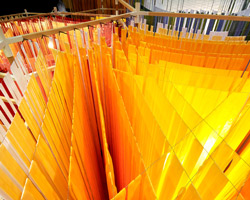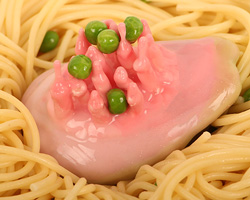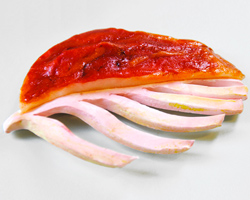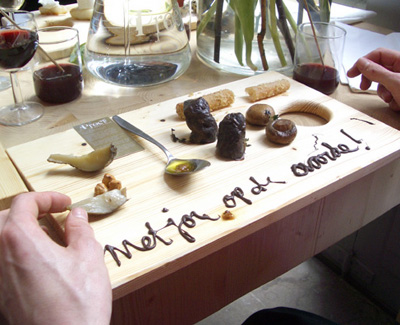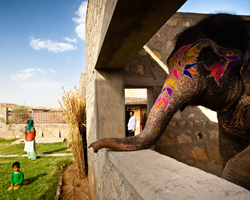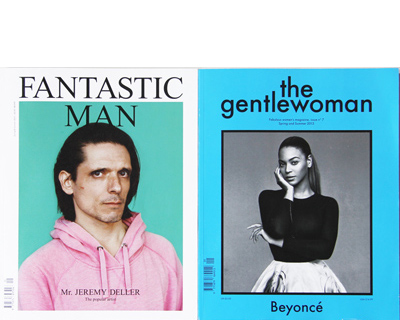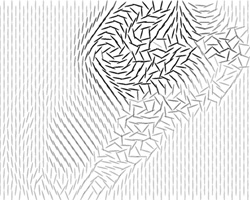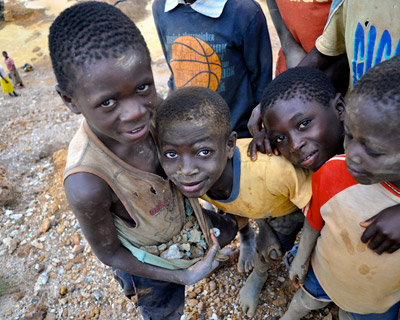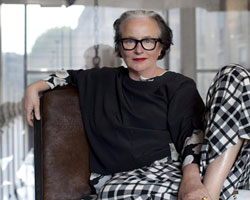KEEP UP WITH OUR DAILY AND WEEKLY NEWSLETTERS
PRODUCT LIBRARY
explore designboom's top 10 design products of 2024 submitted by our readers.
the removable four-toed ‘gloves’ of the superfinger superstar can also be used as bags or be attached to other shoes.
by upcycling mass-produced furniture, YET architecture and BDM architects blurs the lines between standardization and personalization.
yamaha design laboratory's concept project upcycles rare woods originally intended for marimba tone bars and pianos.

 view of the ten private installations
view of the ten private installations
 some of the foods prepared
some of the foods prepared each woman shared a selection of foods with personal meaning to her, telling stories as she fed her guest
each woman shared a selection of foods with personal meaning to her, telling stories as she fed her guest
 recalling a childhood playspace, the interior of the tents were decorated with drawings and texts, as well as a roll of paper towels for use
recalling a childhood playspace, the interior of the tents were decorated with drawings and texts, as well as a roll of paper towels for use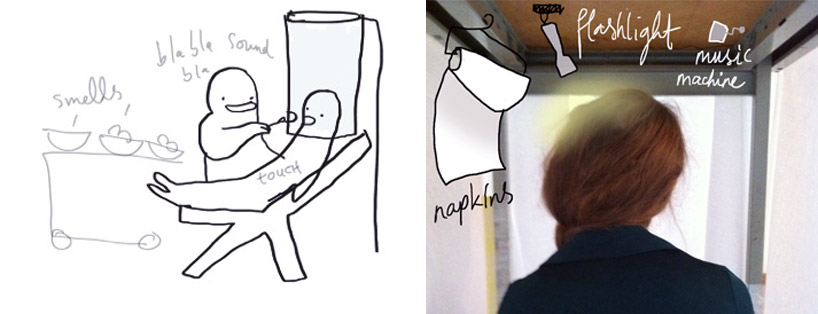 concept sketches for the project
concept sketches for the project concept diagrams for the tent
concept diagrams for the tent
